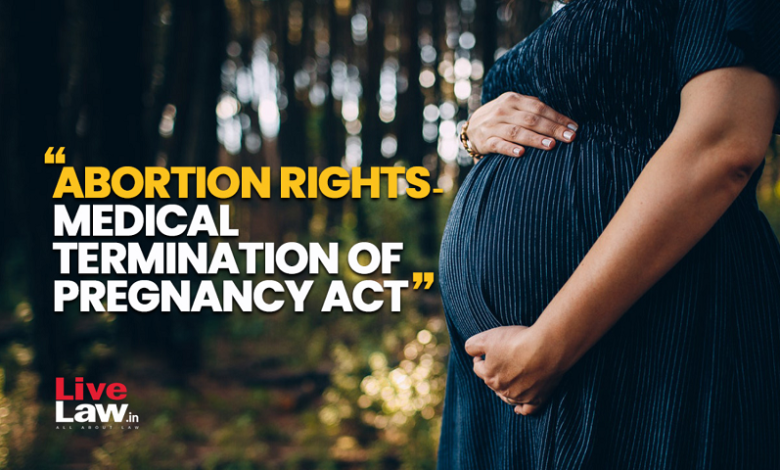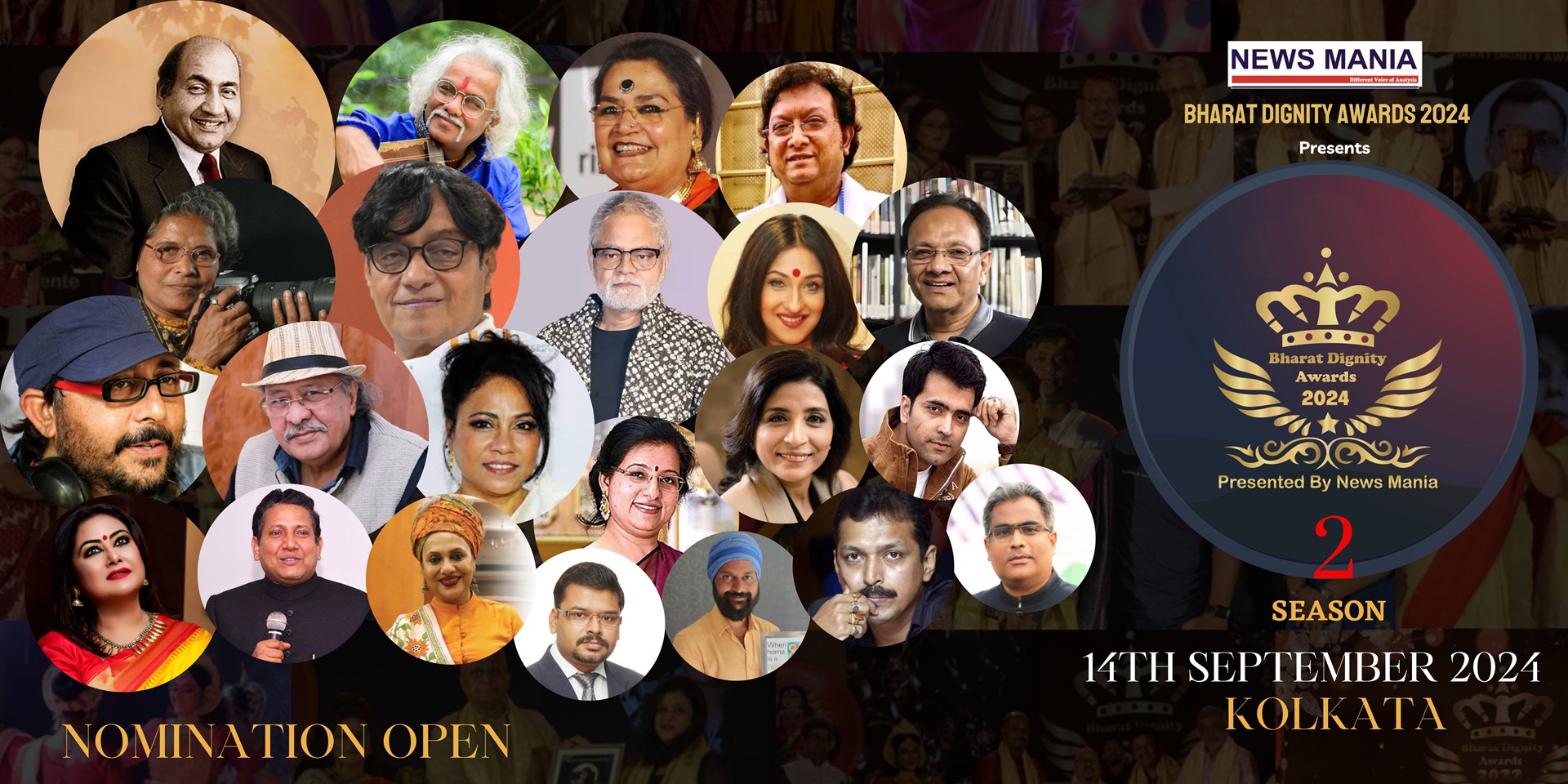Legal and Ethical Dilemma: Supreme Court’s Complex Decision on Late-Term Abortion

On October 11, a Supreme Court bench consisting of Justices B V Nagarathna and HimaKohli grappled with a challenging and emotionally charged case involving a woman’s request for the medical termination of her 26-week-old pregnancy. The justices found themselves at an impasse, with one in favor of allowing the abortion and the other opposing it based on medical reports suggesting a high chance of the fetus’s survival.
The case had initially taken a different course. On October 9, the same bench had granted permission for the abortion. However, a day later, AIIMS authorities raised concerns regarding the fetus’s viability and its strong possibility of survival. They even questioned whether feticide, the intentional stopping of the fetal heartbeat, should be considered before termination. This sudden turn of events prompted Additional Solicitor General AishwaryaBhati, who represented the government in the matter, to file an application seeking the recall of the October 9 order.
During the proceedings, the Supreme Court expressed its displeasure with the AIIMS authorities for seeking clarification on their previous order. The court questioned why these concerns had not been conveyed earlier when they had initially sought a medical opinion on the woman’s request for medical termination of pregnancy (MTP). The court’s strong stance was echoed when it criticized the central government for approaching Chief Justice of India D Y Chandrachud’s bench against its order. The court stated that if a private party had acted in a similar manner, it would be detrimental to the court’s system.
Bhati explained her actions, indicating that she had approached Justice Kohli, who had advised her to approach the Chief Justice. Subsequently, she mentioned the matter before the CJI’s bench, which instructed her to file a formal application for the recall of the October 9 order. The CJI took it upon himself to constitute a special bench consisting of Justices Nagarathna and Kohli to address the issue, suspending any further medical procedures until a resolution was reached.
In the October 11 proceedings, Justice Kohli emphasized the significance of the recent communication from AIIMS, highlighting that it introduced new aspects to the case. She expressed concern over the timing of these revelations, questioning why AIIMS had not provided this information earlier when the court had sought a medical opinion. Bhati attempted to justify these actions, stating that such questions had arisen during the hearing of the matter.
Justice Kohli retorted, underscoring the court’s reliance on medical reports due to its lack of expertise in the field. She pointed out that the initial report from AIIMS had mentioned potential complications and the possibility of postpartum mental issues. The sudden shift in perspective by AIIMS, suggesting a strong chance of survival, raised questions about the authenticity and timing of the information.
Bhati offered to arrange an interaction with the doctors to clarify the matter, but Justice Kohli questioned the ethical implications of stopping the fetal heartbeat in a case where the fetus had a viable life. She expressed surprise at AIIMS not being candid about these concerns earlier and pointed out that alternative options, such as adoption, could have been considered if the woman had chosen to continue with the pregnancy.
The ASG argued that the woman had been extensively counseled, and her decision had been wavering. However, Justice Nagarathna raised a significant question about the central government’s actions. She queried why they had approached a different bench of the Supreme Court to appeal against an order issued by another bench, all without filing proper pleadings.
The justices expressed their dissatisfaction with the central government’s approach, particularly for seeking an intervention without the appropriate legal procedures. This incident highlighted concerns about the integrity and functioning of the court system, suggesting that such actions could set a precedent for private parties to challenge court orders. Justice Nagarathna underlined that every bench of the Supreme Court is part of one unified court, and decisions should be made within the established legal framework.
News Mania Desk / Agnibeena Ghosh 11th October 2023






